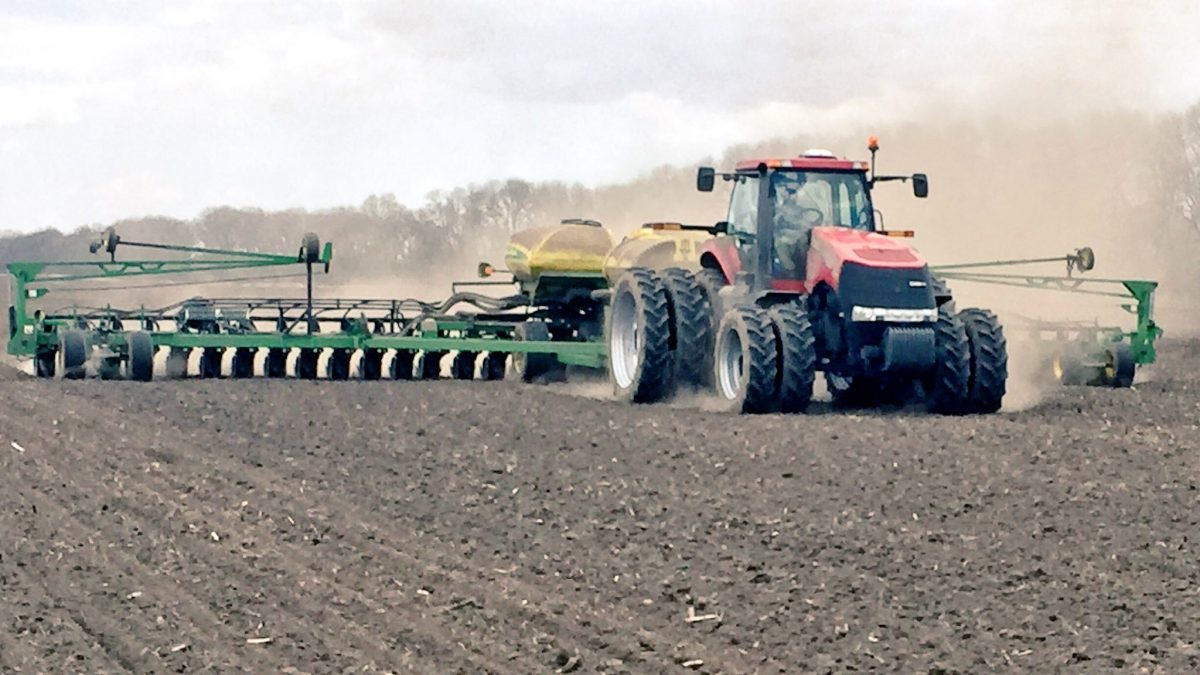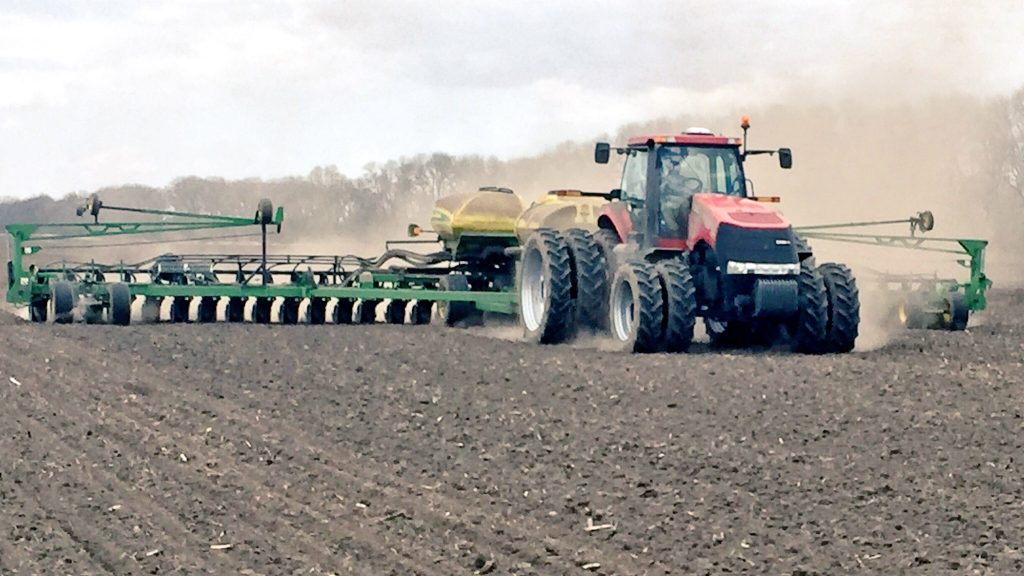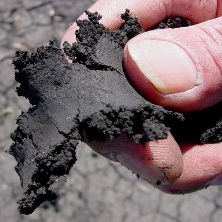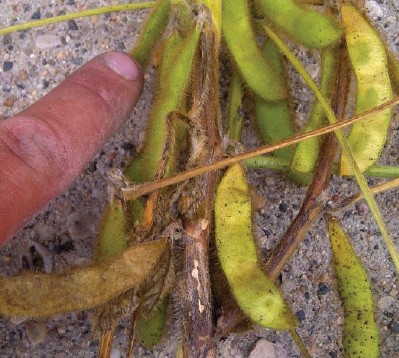Unrecoverable: Three Corn Planting Sins to Avoid

There are certain mistakes made in life that can be compensated for: Overcook a hamburger? Just add a little extra cheese or ketchup! Stayed up too late watching a movie? Sneak in an extra cup of coffee or a nap the next day. When talking about planting corn, however, there are a few ‘sins’ that cannot be compensated for once they are committed.
Planting when the soil is too wet.
In my opinion, this is the most common mistake made in our region. While it’s true that sometimes farmers can’t help but plant because of adverse weather or it being late in the season, doing so can have a severe effect on yield.
The main issue with planting when the soil is too wet happens when a compaction layer around the seed forms. This can restrict root development and fertility uptake later in the plant’s life.
Another issue that can arise when planting in heavily saturated ground is a seed trench that remains open. This can cause poor seed-to-soil contact which in turn causes poor emergence.
I’ve seen yield losses of up to 25% from planting on soil that is too wet, which is why I would consider this the most important sin to avoid.
Planting too deep or too shallow.
History (and our Ole & Sven studies) have shown us that with our soil types and cooler climate farmers should never plant corn deeper than two inches. It takes extra time for the soil to warm up when looking at depths of two inches or more. Cool soil mixed with a rain after planting can cause serious germination issues which can lead to uneven emergence.
That being said, I caution farmers from planting any shallower than one and a half inches deep, as well. Corn planted too shallow can lead to poor root development which can develop into more serious issues later in the growing season such as lodging and poor late season health.
Planting too fast.
While performing stand evaluations in the last few years, I’ve noticed that the nicest stands in the area come from careful seedbed preparation: when the farmer planted only as fast as the planter allowed. This can differ for many farmers depending on their specific planter setup, but I have noticed that the planters that go no more than five mph have the most even stands throughout their fields.
During the growing season, the goal is to have every plant emerge as close to the same time as possible. To achieve that goal, farmers need to make sure that row units are not bouncing along because of high speeds, which can cause uneven seeding depth when moving too quickly.
When planting corn, avoiding these sins could mean the difference between a below or above average crop. Setting yourself up for success by following a few key rules at the start of the growing season will help ensure a smooth and high-bushel harvest at the end of the year.













